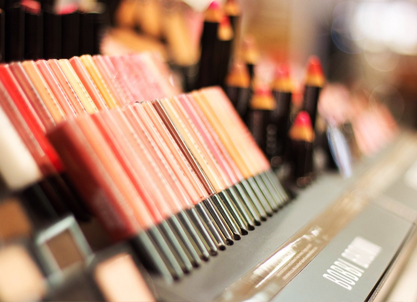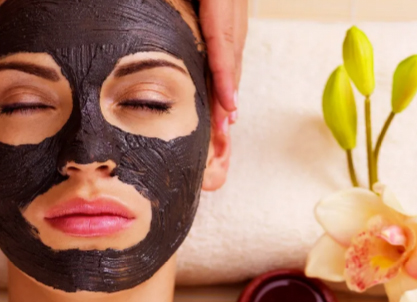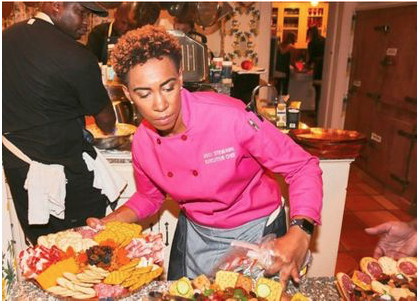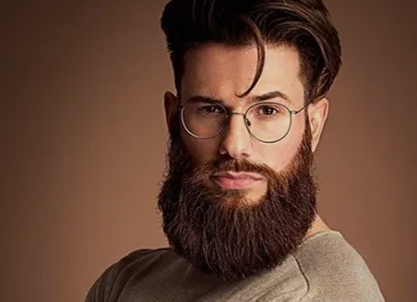The Premiere Place For Cannabis Beauty and Business News

Cannabis influencers earn a living posting marijuana-centric content online.
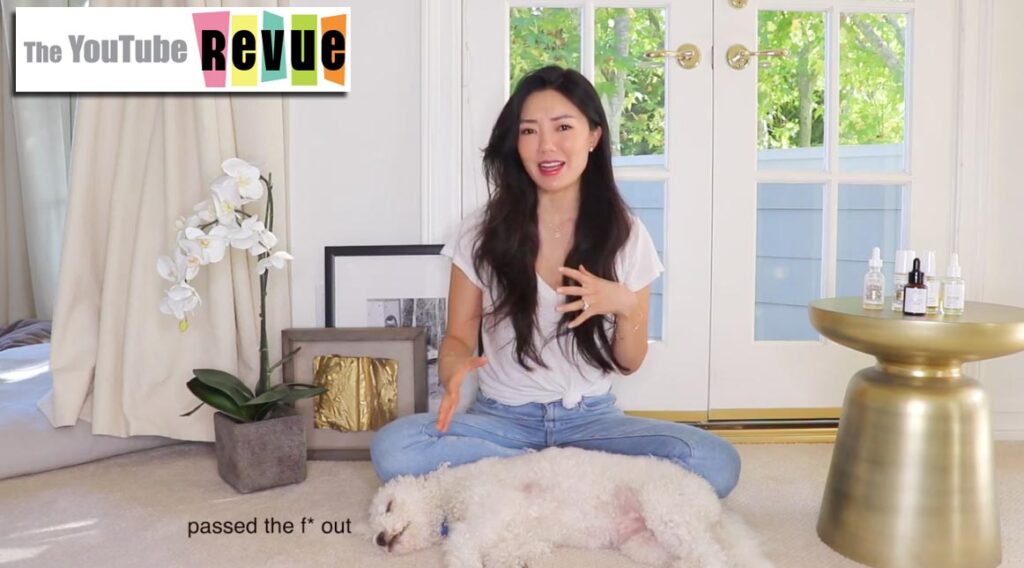
THEY OFTEN GET SHUTDOWN HOWEVER, DUE TO SUBJECT MATTER.
Business Insider
Cannabis influencers share what they earn on Instagram and YouTube.
Inside the world of cannabis influencers on Instagram and YouTube, who can make over $1,000 for a sponsored post but often get their accounts shut down.
Cannabis influencers earn a living posting marijuana-centric content online but often get flagged by the platforms driving their businesses.
The regulators have mostly addressed cannabis influencer marketing as they would any paid endorsement on social media. The FDA’s most recent statement on cannabis marketing, updated last week, said that “the agency is committed to protecting the public health while also taking steps to improve the efficiency of regulatory pathways for the lawful marketing of appropriate cannabis and cannabis-derived products.”
The FTC has focused on ensuring that any sponsored posts are clearly and conspicuously disclosed — its standard for all categories of influencer-based advertising — leaving questions of federal legality to the Department of Justice, said Sandy Lynskey, an attorney who works in the advertising and cannabis, CBD, and hemp practices at the law firm Mac Murray & Shuster.
“If an endorser is compensated in any manner, that needs to be clearly and conspicuously disclosed according to the Federal Trade Commission,” she said. “It doesn’t need to be written, exactly, it could be something that is stated. Oftentimes what is clear and conspicuous can become subjective.”
Cannabis influencers share
And beyond the FDA, FTC, and DOJ, the platforms themselves have their own standards. A Facebook spokesperson said Instagram does not allow the advertising, sale, or promotion — including paid influencer posts, product integrations, and affiliate links — of marijuana. The company does allow “marijuana advocacy content, and dispensaries can also promote the use and federal legalization of marijuana provided that they do not also attempt its sale.” YouTube also doesn’t allow advertising on cannabis videos or videos that promote its sale. When their accounts aren’t deactivated, cannabis influencers are well-compensated for sponsored posts and affiliate sales while influencer marketing of cannabis falls in a regulatory gray area, some brands are happy to test the waters with popular creators in the category. The US marijuana industry generates in sales annually and cannabis brands are paying influencers handsomely to promote their products on social platforms.
Teresa Garibyan, who runs the popular cannabis Instagram account, Trippy Treez , said she earns between $1,000 and $1,500 for a single sponsored post on her Instagram account, which has 223,000 followers. Like many cannabis influencers, she also receives free products as part of her compensation. “I used to be in accounting,” she said. “I was doing that, and then I got a job offer to help out with trimming [marijuana] plants. At the time it was very illegal and I just wanted to keep it super low key.” Cannabis influencer Teresa Garibyan runs the Instagram account, Trippy Treez. Teresa Garibyan/Trippy Treez In addition to working part time with a marijuana grower, Garibyan started posting cannabis content online, launching her Trippy Treez Instagram account in March 2016. She discovered that she could earn a living from promoting and reviewing cannabis products and quit her accounting job to work full time as a cannabis influencer. Like Gotsulyak, Garibyan often finds herself in the crosshairs of Instagram’s content policies. She said her account was shut down for two months in 2018 and was deactivated twice for shorter windows in 2019. “2019 was a really bad year for cannabis users,” she said.
“Everyone was deleted left and right. I know a lot of YouTube users got removed, but almost all of them got their pages back.” YouTube didn’t honor a cannabis creator when he a hit follower milestone While Instagram has recently become an important platform for cannabis influencers to reach new audiences, YouTube has long been a destination for marijuana creators looking to connect with fans. Alex Arav began posting cannabis content on YouTube in 2011. He currently runs the account, Lex Blazer , a verified YouTube channel with 168,000 subscribers that discusses cannabis culture, horticulture, and “legal developments/science around the plant,” according to the channel’s description. “Initially I saw that there was nobody who was creating half decent cannabis content on YouTube, especially in the horticulture segment of it,” he said. Arav lives in British Columbia, Canada where recreational cannabis is federally legal . But he said he’s still had his account deactivated at various points by YouTube and other social platforms.
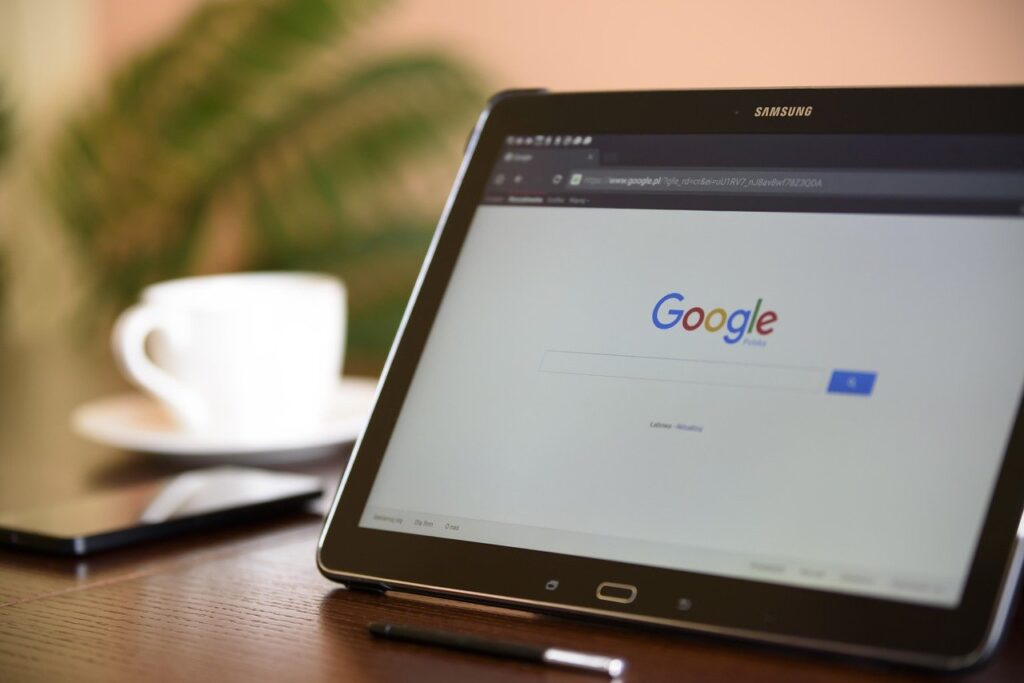
Teresa Garibyan, who runs the popular cannabis Instagram account, Trippy Treez , said she earns between $1,000 and $1,500 for a single sponsored post on her Instagram account, which has 223,000 followers. Like many cannabis influencers, she also receives free products as part of her compensation. “I used to be in accounting,” she said. “I was doing that, and then I got a job offer to help out with trimming [marijuana] plants. At the time it was very illegal and I just wanted to keep it super low key.” Cannabis influencer Teresa Garibyan runs the Instagram account, Trippy Treez. Teresa Garibyan/Trippy Treez In addition to working part time with a marijuana grower, Garibyan started posting cannabis content online, launching her Trippy Treez Instagram account in March 2016. She discovered that she could earn a living from promoting and reviewing cannabis products and quit her accounting job to work full time as a cannabis influencer. Like Gotsulyak, Garibyan often finds herself in the crosshairs of Instagram’s content policies. She said her account was shut down for two months in 2018 and was deactivated twice for shorter windows in 2019. “2019 was a really bad year for cannabis users,” she said.
Cannabis influencers share
“Everyone was deleted left and right. I know a lot of YouTube users got removed, but almost all of them got their pages back.” YouTube didn’t honor a cannabis creator when he a hit follower milestone While Instagram has recently become an important platform for cannabis influencers to reach new audiences, YouTube has long been a destination for marijuana creators looking to connect with fans. Alex Arav began posting cannabis content on YouTube in 2011. He currently runs the account, Lex Blazer , a verified YouTube channel with 168,000 subscribers that discusses cannabis culture, horticulture, and “legal developments/science around the plant,” according to the channel’s description. “Initially I saw that there was nobody who was creating half decent cannabis content on YouTube, especially in the horticulture segment of it,” he said. Arav lives in British Columbia, Canada where recreational cannabis is federally legal . But he said he’s still had his account deactivated at various points by YouTube and other social platforms.
YouTube closed his account in 2013, but he was able to reactivate it in 2014, he said. The platform frequently suspends his account for Community Guidelines violations related to his cannabis content, blocking him from uploading videos for weeks at a time, he said. The company also decided not to award Arav the , an honor given to creators who pass 100,000 subscribers. “Creator Awards are given at YouTube’s discretion, and only to creators that follow the rules,” the company told him in an email reviewed by Business Insider. YouTube’s publicly stated policy says it will “only recognize creators who follow our guidelines” and that it will “reward creators who keep their accounts in good standing without copyright strikes or violations of YouTube’s Community Guidelines or Terms of Service.”
YouTube allows content that depicts cannabis use, but applies age restrictions so videos are only accessible for users above the age of 18. The company doesn’t run advertising against cannabis videos and will remove posts that feature “hard or soft drugs” that appear to have the goal of selling them. Arav earns revenue from promoted content on his YouTube videos. He charges between $500 and $600 dollars for a sponsored product review, and between $300 and $350 to include a “Brought to you by” message from a brand at the start of a video. His account was de-monetized for Google-placed ads — the way many YouTube influencers earn a living — because of the company’s policies around cannabis content.
“Other channels within my size range could make a couple thousand dollars if they’re ad-friendly,” Arav said. “It’s actually been pretty crazy for various cannabis creators because YouTube has very unclear rules on this type of content,” he said. “My content is more educational. More about horticulture rather than stoner-type topics. YouTube has some allowances for educational-type content.” Knowing that his account could be shut down at any time, Arav doesn’t rely on YouTube as his sole source of income. He posts videos on cannabis-friendly platforms like TheWeedTube.com, makes money trading stocks, and works casually as a commercial grower in British Columbia.
Diversifying into other revenue streams is important for cannabis creators who work full-time as influencers Because YouTube and Instagram deactivate cannabis accounts regularly, many creators in the space have found ways to earn revenue that do not involve the social platforms. Arav earns about a third of his internet-based revenue from affiliate links to cannabis-centric products on Amazon. He set up an affiliate seller page, Lex’s Choice Grower and Head Shop, that he links to from his YouTube channel. Arav also runs a Patreon account where subscribers can pay for one-on-one consultations about cannabis horticulture, and he said he makes a small amount of revenue from merchandise sales. Garibyan said she’s using her Trippy Treez’s fame to launch a CBD skincare brand in the coming months. She also does social-media consulting for brands. Gotsulyak has moved beyond just posting sponsored content on her Koala Puffs accounts to building a diversified business that includes touring and events, her own line of CBD gummies, and gigs in music and film — she was recently cast in a new comedy movie, 4/20, and is releasing a single, “Smoking By Myself (feat. MacDizzle),” later this year. “I’m in this for the long haul,” she said. “I have really big goals for businesses that I want to open, and it’s all long-term.”
Cannabis influencers share
For more on how creators monetize content across YouTube, Instagram, and other platforms, check out these Business Insider Prime posts: YouTube stars Rhett and Link explain how algorithm changes supercharged their business to an estimated $17.5 million in yearly income : YouTube creators Rhett and Link built an 80-person media company with millions of followers. Here’s how they’ve avoided creator burnout along the way. How much money brands will pay for a TikTok sponsored video compared to YouTube, according to an influencer agency : Brands and creators are still determining the right way to price sponsored content on TikTok. Here’s how much one agency charges for sponsored views. A ‘twinfluencer’ with millions of followers says he’s leaning into TikTok for brand sponsorships and getting ‘low 5-figure deals’ : With 15.1 million TikTok followers, Alan Stokes and his twin brother, Alex, are represented by Amp Studios, a new content studio and talent incubator. Marie Mostad of Inzpire.me broke down how much influencers earn per sponsored post at various follower counts, from 40,000 to 500,000 to 1 million.








